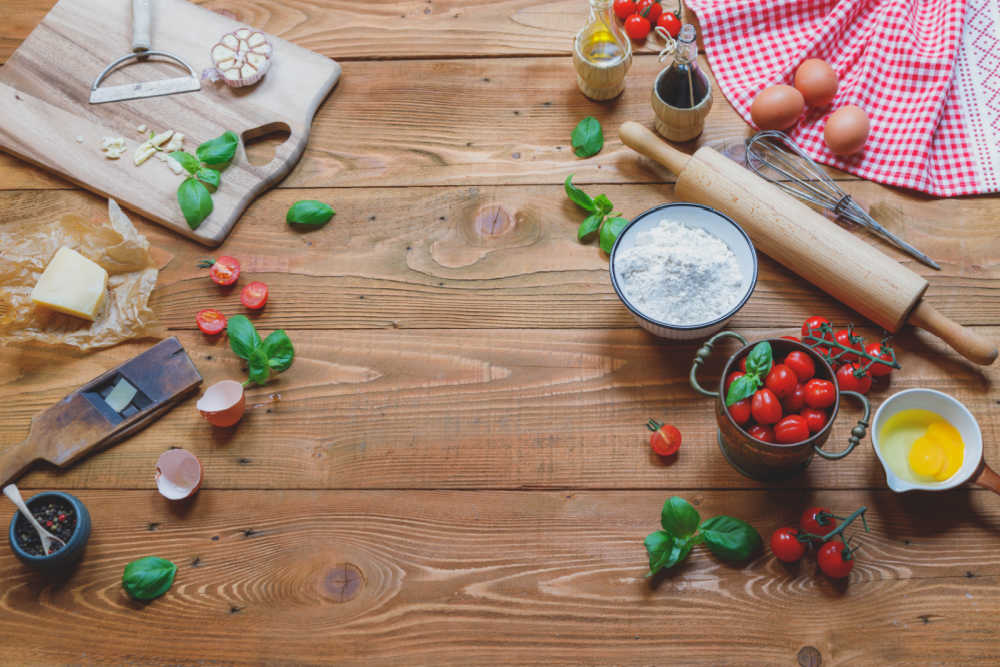This isn’t a list of things you’ll need in your first cook or even items that will help any recipe easier to prepare. Rather, it’s a collection of la Cucina Italian’s beloved, well-worn, even-handed-down items, which can include even the most basic of tools. That isn’t to indicate that these ingredients can only be used in Italian dishes. In fact, their brilliance of them would be that they may be used for a variety of different jobs.
Any sophisticated culinary equipment I have is stored in a box in a friend’s basement which is on the other side of the world, having lived in a fairly nomadic condition for the better part of a decade. I have what I can roll up in dish towels and pack in a suitcase with me. It uses a lot of wooden implements, a Japanese knife, a circular pastry brush, and a Microplane grater, and is as reduced as you can get (Laurie Colwin, a proponent of simple kitchen equipment, would be proud). It now includes fluted pastry cutters purchased at an antique market, a small knife for cutting Parmesan cheese pieces, a hefty, flat meat pounder, and metal tubes for manufacturing cannoli purchased after a trip to Sicily.
When I went to Italy, I was introduced to a variety of instruments that I’d never possessed or used before, and some that I had no idea existed. I’ve grown attached to them now. Take, for example, my partner’s donna’s passaverdura, or food mill. It may appear quaint, but there’s nothing quite like it, owing to the way it separates “the wanted from the unwanted,” as Rachel Roddy, a British food writer based in Rome, puts it, and it’s unrivaled in this regard.
The food mill separates the undesired fish bones and other fragments from the juicy sweetness that is the remainder of the pulp and flavor in the ideal minestra di Pesce, or fish soup. While I believe it was created solely for the purpose of puréeing tomatoes for passata, I use it for everything from sauce to mashed potatoes (since Italian kitchens lack potato mashers) to fruits for jam.
When I inquired around, I discovered that others had a lot of favorites as well. Elizabeth Minchilli, a gastronome and long-time Rome resident, reacted immediately: her mezzaluna, which she uses to precisely cut onions and herbs. Its “half-moon” shape makes it ideal for finely cutting just about anything; one of my friends uses it to make tabbouleh. It’s also fantastic in sauces. The mezzaluna, in my opinion, is an ancestor of the stick blender. If you need to create pesto or salsa green during a blackout, the mezzaluna (similar to a mortar and pestle) can suffice.
Valeria Necchio, a Venetian culinary writer, claims her favorite kitchen tool is a simple wooden spoon with a hole in it. I also have a fondness for wooden spoons, especially the flat, square ones, and have a collection of them in various sizes and forms. Valeria uses hers only for risotto stirring. (It’s also known as a girariso, or “rice rotator,” since the huge hole in the spoon allows the rice to easily flow through it in the reverse way that you drag the spoon in, improving the effectiveness of stirring and thereby assisting in the creation of creamy risotto.) It’s the logo for Maizena, a popular cornstarch brand in Italy, where it’s also the preferred device for folding airy mixtures (like sponge cake batter) and making pastry cream.

